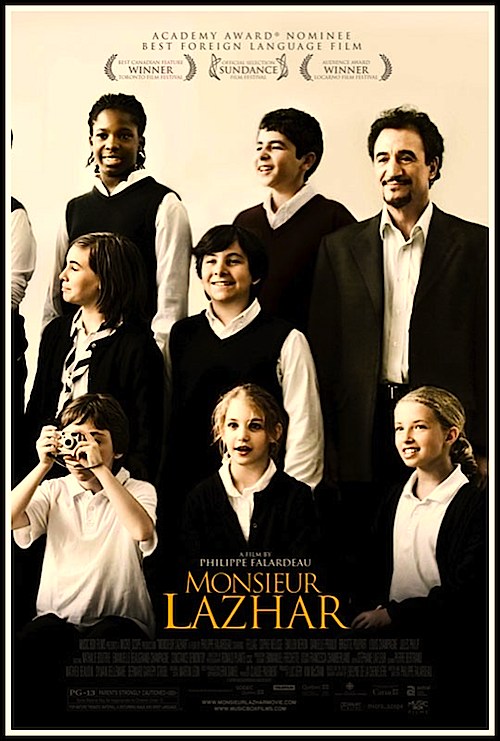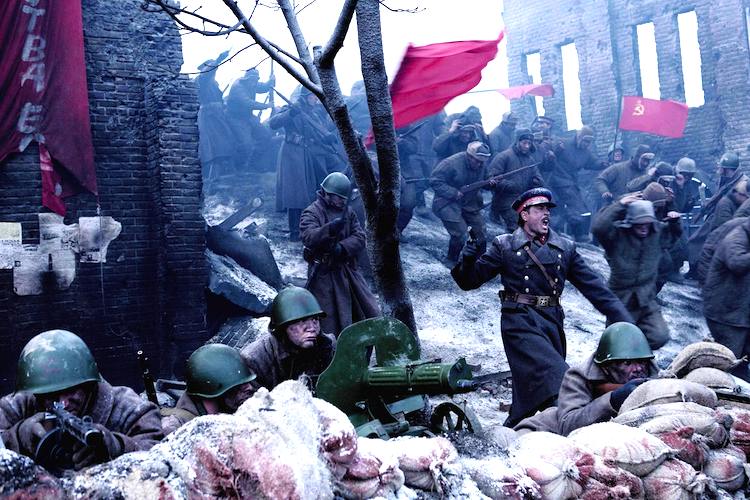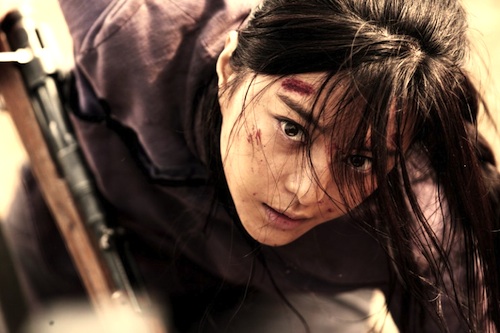By Joe Bendel. The Yakuza are nothing like Chili Palmer in Get Shorty. They do not care about the state of Japanese cinema. They just want a struggling indie filmmaker to pay off his brother’s debts. The would-be auteur just might do so, but in an absolutely harrowing fashion in Iranian expatriate Amir Naderi’s Cut (see clip above), which screens during the 2012 Tribeca Film Festival.
Shuji is one of the more annoying cineastes you could hope to run across. He spends much of his days decrying the commercialization of cinema through a bullhorn on busy street corners. He has made three poorly received films, financed by his gangster brother Shingo, with money unwisely borrowed from the Yakuza. Unable to clear the debt, Shingo meets a violent end. Now the Yakuza turn to Shuji, giving him a seemingly impossible deadline to pay-up.
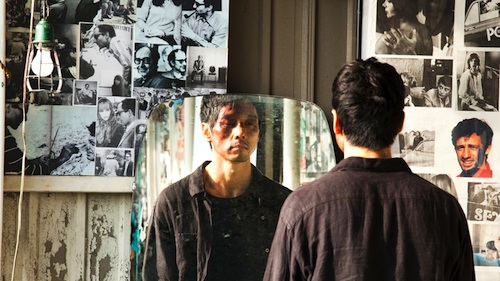
Obviously, the immature Shuji has never been good at that whole money-making thing. However, a proposal made in contempt quickly turns into a Yen-generating enterprise that carries wider significance for the filmmaker. One of the thugs in the Yakuza headquarters-boxing gym-tavern offers him five thousand Yen if Shuji allows him a free swing. Shuji accepts on the condition he do so in the lavatory where his brother was murdered, extending the same terms to any and all takers. With the clock ticking, Shuji endures a nightly beating, fortifying himself with his love of art cinema and guilt over his brother’s demise.
Cut has polarized critics in its European festival screenings, but it is one of the best films screening at Tribeca this year. Naderi (who was in Japan working on Cut at the time of the earthquake and tsunami) subverts the established Yakuza movie conventions, producing one of the most visceral in-your-face indictments of thuggish violence you will ever see on-screen. No, he does not make it easy for viewers, but that is the whole point, forcing them to endure long sequences of violence stripped of any possible romanticism. Like Yoko, the attractive bartender, who has no trouble cleaning up the bloody mess of Shingo’s murder – but is eventually sickened by the pummeling Shuji voluntarily submits to – the audience is forced to confront their own complicity as witnesses.
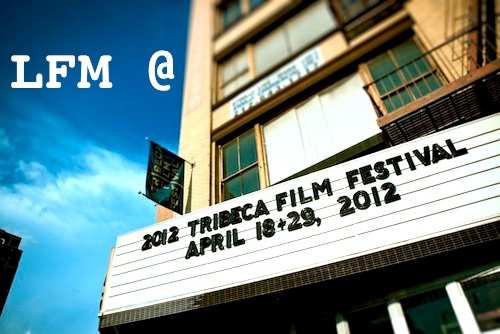 Naderi is clearly operating on two levels, depicting Shuji’s extreme fund-raising as an act of existential contrition, while also presenting it as a challenge to our sensibilities. Yet Cut also serves as a valentine to cinema, eventually evolving into the Devil’s own homage to Cool Hand Luke, featuring a countdown of Shuji’s top one hundred films, amid absolutely punishing circumstances.
Naderi is clearly operating on two levels, depicting Shuji’s extreme fund-raising as an act of existential contrition, while also presenting it as a challenge to our sensibilities. Yet Cut also serves as a valentine to cinema, eventually evolving into the Devil’s own homage to Cool Hand Luke, featuring a countdown of Shuji’s top one hundred films, amid absolutely punishing circumstances.
Hidetoshi Nishijima delves into some very dark places, portraying Shuji with convincing grit. Haunted but grounded, his work never allows viewers to dismiss the frankly unbearable on-screen events as the stuff of fable or metaphor. As the reluctant facilitators, Yoko and Hioshi, an old timer Yakuza, Takako Tokiwa and veteran character actor Takashi Sasano give exquisitely subtle, finely calibrated supporting turns, expressing their mounting revulsion and ethical confusion when confronting Shuji’s spectacle.
As drama, Cut is as intimate as the Cassavetes pictures Shuji venerates, but it is definitely big idea filmmaking. There is real substance to it, but it does not spoon-feed a few politically correct bromides to the audience and then send them off to bed with a pat on the bottom, content in their raised consciousness. Naderi calls us all out, daring us to turn away from the mayhem unfolding on-screen. It is an audacious film, bolstered by some uncompromisingly honest performances. Very highly recommended, Cut screens Monday (4/23), Thursday (4/26), and Friday (4/27) during this year’s Tribeca Film Festival now underway throughout lower Manhattan.
LFM GRADE: A
Posted on April 20th, 2012 at 4:06pm.
